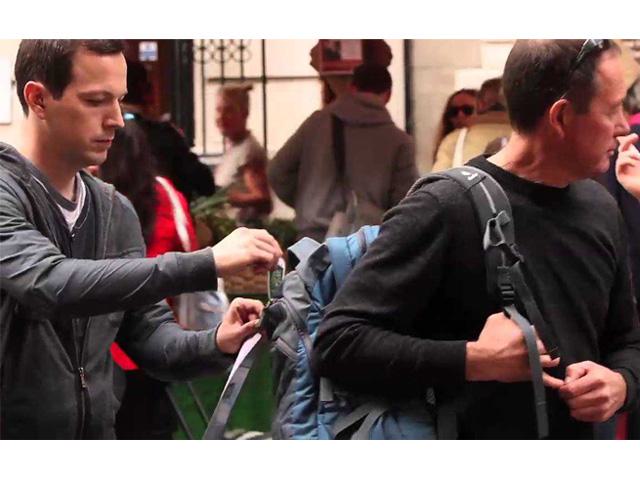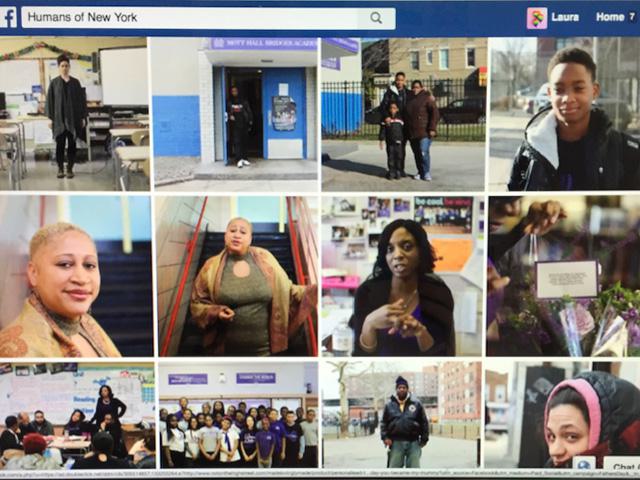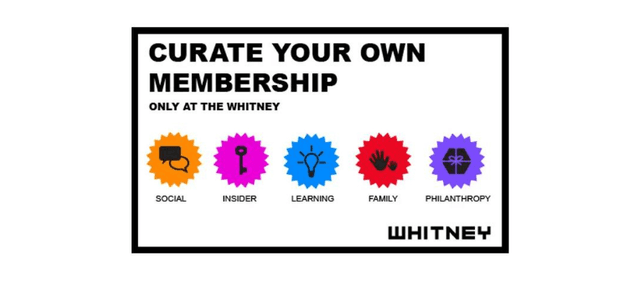The main areas of fundraising
ALS Foundation Netherlands: I have already died

by SOFII
This powerful and moving campaign gives a storytelling platform to people who have ALS.
Read moreCrimestoppers: reverse pickpocketing is putpocketing

by SOFII
The charity Crimestoppers launched an integrated experiential and social media campaign to raise awareness of pick pocketing that also aimed to change public behaviour.
Read moreMédecins sans Frontières (Doctors Without Borders): powerful storytelling without words

by SOFII
This advertisement produced for television and cinema is an effective demonstration of powerful storytelling even though nobody speaks a word in it.
Read moreTrillium Gift of Life Network: ‘bucket list’

by SOFII
This is a great public awareness campaign with interactive use of social media and appropriate targeting.
Read moreHumans of New York: the power of storytelling for social fundraising

by Laura Croudace
Humans of New York has been a stunning example of community engagement through social media and a demonstration of the power of storytelling since its launch in 2010. And now, it is also a model for crowd funding.
Read moreCEO Sleepout: business leaders sleep rough for Girls and Boys Town

by SOFII
One night of discomfort is a very small price to pay for helping to raise awareness and vital funds to support homelessness. The CEO Sleepout encourages influential members of the business community to move outside of their comfort zone and spend a night in the shoes of a rough sleeper.
Read moreWhitney Museum of American Art: Curate Your Own Membership

by SOFII
A unique example of a membership model that allows members to select what they want based on interest and useage not on traditional demographics.
Read moreWhy I am not a fan of welcome packs

by Margaux Smith
‘They spent my entire first month’s gift on this stupid pack and I don’t really feel thanked at all’.
Read moreIs the F2F golden goose now a dead duck?

by SOFII
If you were one of the unlucky few that missed the recent webinar ‘How to reduce F2F donor attrition in the first 90 days’ co-hosted by SOFII, The Agitator and DonorVoice – don’t despair, you can still listen to the full webinar. It’s 90 minutes of your schedule that could help keep the F2F golden goose from being a dead duck!
Read moreRoyal National Lifeboat Institution RNLI: Lifeboat Launch SMS alerts

by SOFII
An insightful use of technology that brings RNLI donors closer to the lifesaving work. This text service allows donors to donate each time their chosen lifeboat is out saving lives and to receive an alert of launches in real-time.
Read moreHarold Sumption: the shy pioneer

by Joanna Culling
In this addition to SOFII’s Fundraising Legends series, Joanna Culling talks to Ken Burnett, who proudly shares the full text of Harold’s only published material – Yesterday’s trail-blazing and pointers for tomorrow.
Read moreNSPCC: Legacy-themed Garden of Magical Childhood

by Claire Routley
This garden was designed to demonstrate how gifts in supporters’ wills supported the NSPCC’s work. It is a beautiful and unique way to take visitors on a special journey through history.
Read more






